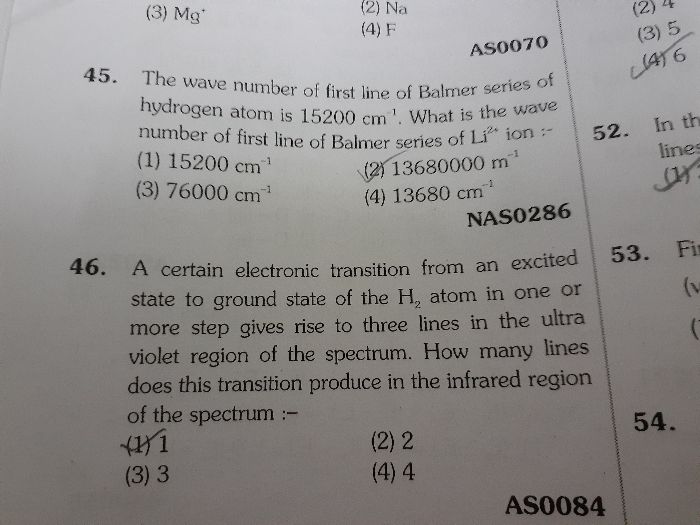CBSE Class 11-science Answered
why does the last shell of an atom have to have only 8 electrons , WHY not more or less than that ,why only 8 has been chosen as the limit of accomodated electrons in the last/valence shell of an atom?
The maximum capacity of a shell to hold electrons is 8. The shells of an atom cannot accommodate more than 8 electrons, even if it has a capacity to accommodate more electrons. This is a very important rule called the Octet rule. According to this rule, atoms gain, loose or share electrons to achieve the stable configuration similar to the nearest noble gas.
The presence of 8 electrons in the outermost shell makes the atom very stable. Due to this rule the shells M and N which have the capacity to hold more than eight electrons are allowed to hold only 8 electrons.









